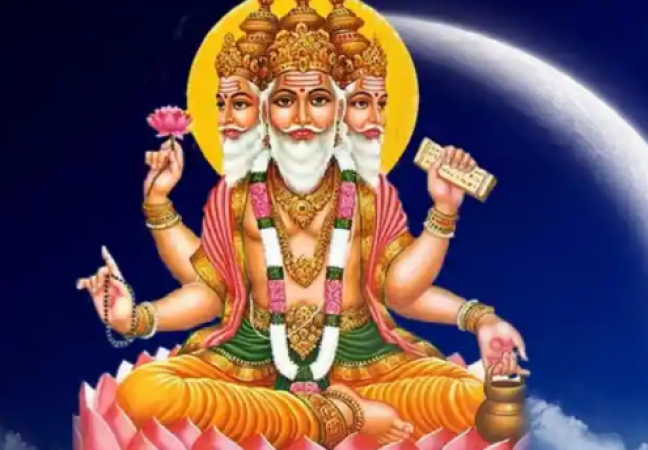
The Brahma Temple, one of the most famous temples in Hinduism, holds significant historical and religious importance. Dedicated to Lord Brahma, the creator of the universe according to Hindu mythology, this temple is a place of worship, pilgrimage, and spiritual solace. In this article, we will explore the rich history of the Brahma Temple, discuss the proper way to worship Lord Brahma, and highlight the important rules and guidelines to be followed by devotees.
History of the Brahma Temple:
Located in the holy city of Pushkar in Rajasthan, India, the Brahma Temple has a history that dates back to ancient times. The exact origins of the temple are shrouded in legend and mythology. According to popular belief, Lord Brahma himself chose Pushkar as the site for his temple. The temple is said to have been built by sage Vishwamitra in the 14th century, although historical evidence suggests that the temple was rebuilt and renovated multiple times over the centuries.
The architecture of the Brahma Temple:
The Brahma Temple showcases exquisite architecture that reflects the amalgamation of Rajasthani and Mughal styles. The temple is built of marble and stone, adorned with intricate carvings and beautiful embellishments. The structure comprises a sanctum sanctorum (garbha griha) where the idol of Lord Brahma is placed, along with a mandapa (pillared hall) and a shikhara (tower). The temple complex also houses several other smaller shrines dedicated to various deities.
Worshipping Lord Brahma:
Devotees visiting the Brahma Temple engage in elaborate rituals and prayers to seek the blessings of Lord Brahma. Here are the essential steps to worship Lord Brahma:
Purity: Before entering the temple, devotees must cleanse themselves by taking a bath or washing their hands, feet, and face. This ritual purification signifies the removal of impurities and the readiness to approach the divine.
Offerings: Offerings play a crucial role in Hindu worship. Devotees bring flowers, incense, fruits, sweets, and other items as offerings to Lord Brahma. These offerings symbolize devotion, gratitude, and surrender.
Prayers and Mantras: Devotees recite prayers and chant mantras dedicated to Lord Brahma. The chanting of sacred verses and hymns creates a harmonious atmosphere and helps to establish a spiritual connection with the deity.
Arti: The arti ceremony involves waving lighted lamps before the deity, accompanied by singing devotional songs. It is a beautiful expression of devotion and reverence towards Lord Brahma.
Circumambulation: Devotees often perform pradakshina, which is the act of walking around the temple in a clockwise direction. This act symbolizes the devotion and surrender to the divine presence.
Rules and Guidelines:
To maintain the sanctity and tranquility of the Brahma Temple, devotees are expected to follow certain rules and guidelines. These include:
Dress Code: Devotees should dress modestly and avoid wearing revealing or inappropriate clothing. Traditional Indian attire is considered appropriate for temple visits.
Silence and Respect: Maintaining a peaceful atmosphere within the temple premises is of utmost importance. Devotees are expected to speak softly and avoid unnecessary noise. Showing respect towards fellow devotees, priests, and temple staff is also essential.
Photography and Videography: In some temples, photography and videography may be restricted or prohibited. It is important to respect these rules and refrain from capturing images without permission.
No Leather Articles: To honor the sacredness of the temple, devotees should avoid carrying leather items inside the temple premises.
Donations: Devotees can contribute to the maintenance and welfare of the temple by making donations. These donations are used for various religious and charitable activities.
The Brahma Temple in Pushkar stands as a testament to the rich cultural and religious heritage of India. Its historical significance and spiritual aura attract millions of devotees and tourists each year.
the prescribed rituals, offering sincere prayers, and abiding by the rules and guidelines, devotees can experience a profound sense of devotion and connect with the divine energy of Lord Brahma. A visit to the Brahma Temple is not only a religious journey but also an opportunity to immerse oneself in the spiritual traditions of Hinduism.
The Impact of Article 370 on Dalits: Examining Challenges and Concerns
You must know these things before undertaking the Amarnath Yatra in the month of Sawan
Swami Vivekananda: The world is the gymnasium of character formation